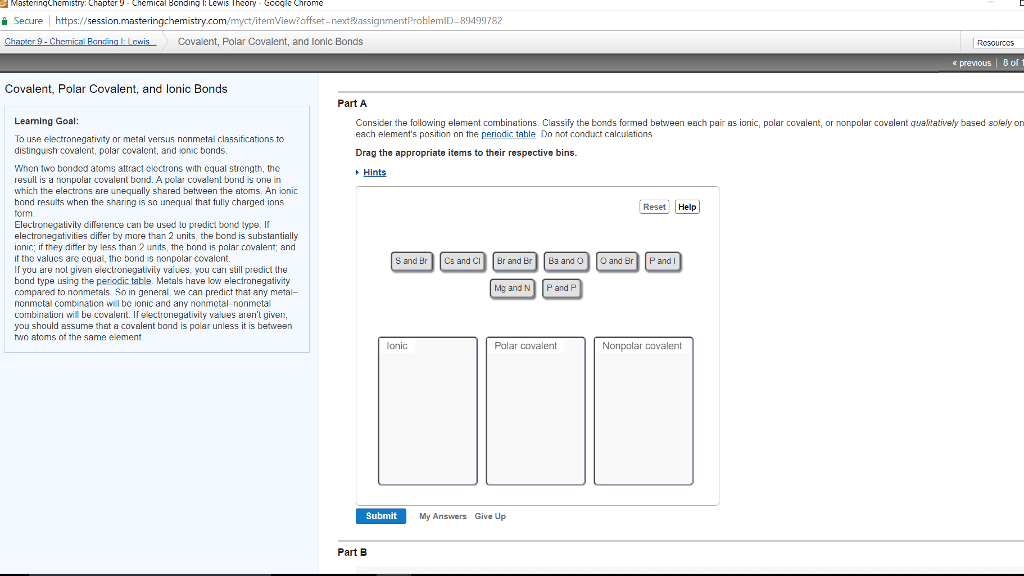01:160:161 Lecture Notes - Lecture 5: Electron Affinity, Chemical Polarity, Electronegativity
Document Summary
Complete transfer of electrons from one species to another. The ability of an atom to attract bonding electrons to itself. F is most electronegative, followed by o, n and cl. H is located between b and c. Noble gases are not assigned electronegativities don"t readily bond to other atoms. Main group metals tend to have low electronegativities. Electrons can be shared evenly or unevenly. The evenness of sharing depends on the electronegativity difference between the atoms in the bond. The greater the difference of electronegativity = more polar bond. The bonding spectrum can be divided into specific regions based on the electronegativity difference. Imagine two identical twins fighting over a toy; one on each side. No one equal sharing purely nonpolar covalent bond. Difference between purely nonpolar covalent and nonpolar covalent. A dipole moment is caused by a charge separation. The magnitude of the charges are partial charges not a full electron.


